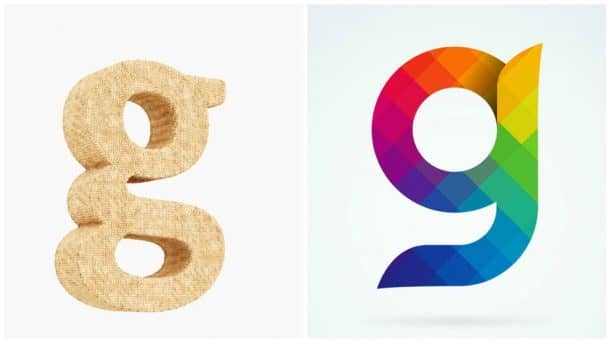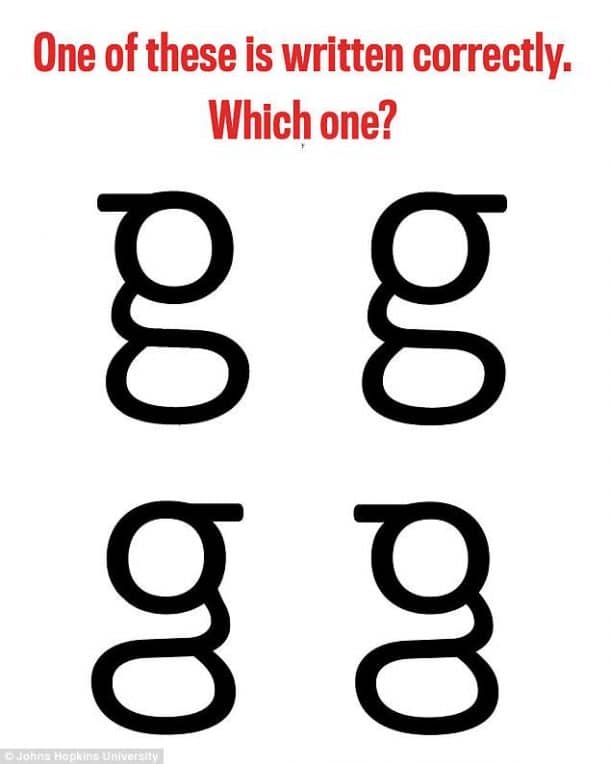Even though people see it millions of times, but they are still unaware of the common form of the letter ‘g’. The lower case ‘g’ is used in many novels, newspapers, and emails, but a study shows that a very high number of people are unaware of how it really looks like. Many who were tested were unable to pick the right g from a lineup. According to researchers, the phenomenon occurs because we don’t learn to write the letter’s looptail form at the school level.
The study was led by Professor Michael McCloskey, a cognitive scientist at John Hopkins University Baltimore. He said, “We think that if we look at something enough, especially if we have to pay attention to its shape as we do during reading, then we would know what it looks like, but our results suggest that’s not always the case. What we think may be happening here is that we learn the shapes of most letters in part because we have to write them in school. “Looptail g” is something we’re never taught to write, so we may not learn its shape as well.”

The letter ‘g’ has two lowercase print versions. The first is the open tail that is used by everyone when writing by hand. It looks like it has a fishhook hanging from it. The second one is the looptail g, which is more common and is seen in almost everyday fonts. There was three kind of tests which were conducted to test people’s awareness on the form of g. The first test was investigating if people knew that there are two forms of lowercase g. The research team’s coauthor Kimberly Wong said, “We would say: “There’re two forms of g. Can you write them?” And people would look at us and just stare for a moment because they had no idea. Once you really nudged them on, insisting there are two types of g, some would still insist there is no second g.”

In the other experiment, participants were asked to pick the looptail g from a lineup of four similar characters. Only seven out of 25 people were able to correctly pick the answer. Research coauthor Gali Ellenblum said, “They don’t entirely know what this letter looks like, even though they can read it. This is not true of letters in general.” The experiment concluded that our knowledge of letters can suffer when we don’t write them by hand. When we write less and become more dependent on the electronic devices, this can impact how we learn to read.

Professor McCloskey said, “Our findings give us an intriguing way of looking at questions about the importance of writing for reading.” Many previous studies show that people were unable to recognize the features of everyday objects. A study showed that people were unable to recall the features of the Apple logo. Another study showed that very few people were able to pick out the right US penny among 16 similar coins. The researchers at the Creighton University in Nebraska recreated the classic recognition game and published it online. The team said, “Even though pennies are everywhere, most people don’t pay enough attention to be able to guess the correct penny first. Your brain will use the color and even the size of the penny to differentiate it from other coins. For most people, it takes three or four incorrect guesses before they get the correct penny.”


